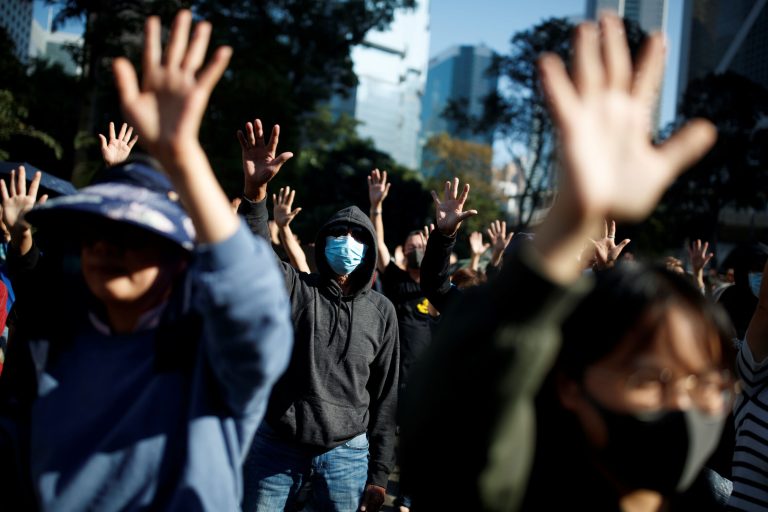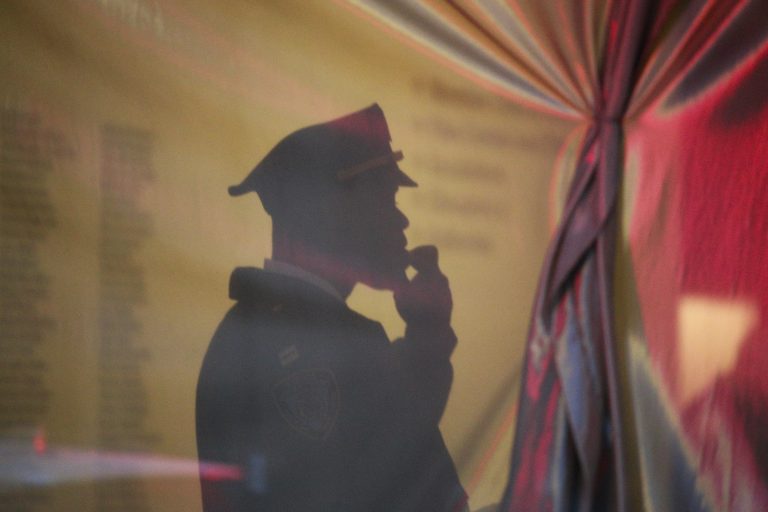Parts of the Rikers Island prison facility in New York City are under the control of inmates, according to a new investigation by the New York Times chronicling the descent of what is supposed to be an American correctional facility into chaos.
An Oct. 11 article by the Times titled Inside Rikers: Dysfunction, Lawlessness and Detainees in Control based on interviews with “seven current and former detainees and seven jailers,” paints a grim picture of the conditions inside the island. NYT said the interviewees “spoke on condition of anonymity because they were not authorized to discuss workplace problems.”
“Detainees in some buildings have seized near total control over entire units, deciding who can enter and leave them, records and interviews show. In other buildings, they have wandered in and out of staff break rooms and similarly restricted areas, with some flouting rules against smoking tobacco and marijuana,” reads the article.
“Sometimes they have answered phones that were supposed to be manned by guards. Several have stolen keys and used them to free others in custody, who went on to commit slashings and other acts of violence.”
Based on information present on Wikipedia, Rikers has a staff of more than 9,000 officers and 1,500 civilian employees, a more than 2:1 staff-to-inmate ratio. NYT says the prison currently holds approximately 4,800 people on any given day, “a majority of whom are awaiting trial and have not been convicted of a crime.”
Success
You are now signed up for our newsletter
Success
Check your email to complete sign up
“Most do not commit violent acts, and a significant number struggle with mental illness.”
Wikipedia says 85 percent of those held at Rikers are pretrial defendants. New York State spends upwards of $860 million per year operating the prison. Twelve prisoners have died at the facility this year, the most since 2015.
The article claims the chaos within the facility’s walls are as much a problem of corrupt and incompetent staff as they are out of control prisoners, “Correction officers have participated in beatings or failed to intervene in hangings and other urgent situations. Last week, a guard was charged with providing a razor blade to a detainee who planned to use it as a weapon.”
One of the major issues plaguing Rikers is a man-made staffing shortage, says the article, “At the height of the staffing crisis, about a third of the jails’ roughly 8,000 guards were failing to show, forcing those who remained to work double and triple shifts that could last 24 hours or more. Now, the officials said, that number is closer to about a quarter of the jails’ work force.”
On Sept. 20, NYT reported that New York City had sued the Correction Officers Benevolent Association, alleging a “coordinated campaign of absenteeism.”
“While it recorded an average of 645 such absences per month in 2019 and 773 in 2020, there have been 2,304 per month this year, on average, an increase that the lawsuit described as ‘staggering’.”
A June article by the outlet spoke with two anonymous late-20s and early-30s female guards at the facility, who recounted working as many as 15 24-hour shifts since the fall of 2020.
In May, a 342-page report by a court-appointed federal monitor examining Rikers said, “The department struggles to manage its large number of staff productively, to deploy them effectively, to supervise them responsibly, and to elevate the base level of skill of its staff.”
The Times also says the prison’s infrastructure is collapsing, suffering from “doors that do not lock properly, cells that are too deteriorated to contain detainees and aging objects like radiators that can be ripped apart and turned into weapons.”
One anecdote recounted in the article by civilian staff paints a frightening picture of the lawlessness that has taken root inside an iconic American correctional facility. “Civilian staff members who arrived at one jail in September were greeted by a group of detainees who offered to escort them through the building to keep them safe.”
“Moving farther into the jail, the employees were alarmed to see incarcerated people moving about freely, passing them in the halls and milling on staircases, with no guards in sight.”
“In another area, they watched as an officer in a control station allowed men to move casually from one unit to the next.”
“As the employees were leaving, they encountered three guards who were taking in the scene without intervening and a captain who ignored their requests to be let out of the housing area. A fourth guard heard the staffers yelling for assistance and opened the gate.”















